Recently, few are interested in the epidemic situation, even in those seasons when it is very relevant. Infectious diseases spread with great speed in the fall, winter and even spring. How to prevent this? It is important here to rely not only on doctors, but also on their own to take measures to prevent viruses from spreading. Thus, the organization of anti-epidemic measures lies on the shoulders of many people. Everyone should remember that the spread of various diseases can depend on his actions.
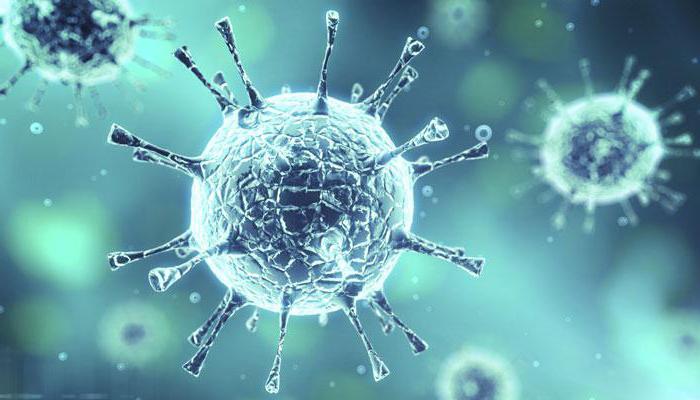
What are anti-epidemic measures?
First you need to identify what such manipulations are. We can say that this is a large complex of actions that is aimed at localization, suppression and elimination of foci of infection. This complex usually includes the following measures: sanitary, hygienic, and administrative. Anti-epidemic measures in the focus of infection are carried out after a thorough examination, which includes establishing the source of the danger. It is very important to understand from whom the patient became infected, where the disease could go further to prevent its further spread, because this is fraught with large-scale negative consequences.

After receiving all the necessary information, the epidemiologist must analyze it and take measures aimed at eliminating the focus of the disease. Interestingly, epidemiologists have almost no contact with patients, they only work with data, conduct detailed and thorough analysis. This saves lives, not even to individuals, but to the whole population.
Sanitary measures
The first thing that includes anti-epidemic measures is sanitary and hygienic measures. This is a very important component, as it forms the basis of people's health, as well as the basis that reduces the susceptibility of people to disease. Of course, this does not guarantee that infectious diseases will completely pass by. But subject to hygiene standards, the likelihood that a person will fall ill is markedly reduced. These measures include the study by specialists of such areas of human life as working conditions, the nature of work, life, physical development, and occupational morbidity. Sanitary and anti-epidemic measures are one of the key factors in the fight against the spread of infections.

Therapeutic and preventive measures
The second set of measures is therapeutic and prophylactic. The main actions that this complex includes are aimed at neutralizing viruses, improving the quality of medical care and epidemiological surveillance. In the period of seasonal epidemics, clinics involve an additional number of specialists in various fields. Quarantine is often declared at schools and kindergartens at this time. This helps to reduce the number of contacts between children and, therefore, reduces the likelihood of the spread of diseases among them. Also at this time, anti-epidemic measures are aimed at raising awareness with the population. She, in turn, usually aims to convey information about the symptoms of the disease, and that it is better to reduce visits to crowded places.
Administrative measures
A set of administrative measures also directly affects the success of how anti-epidemic measures take place. This in itself means that authorities can directly help improve the epidemiological situation by making important decisions. Municipal and regional administrations, ministries of health and education, heads of institutions and organizations can participate in this set of measures.
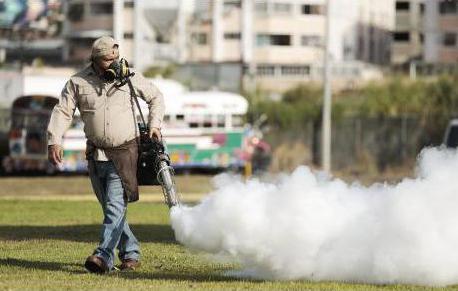
How are studies conducted?
All measures must be carried out in a timely manner, it is impossible for the situation to get out of the control of doctors, since infections threaten the whole society. Work must be done thoughtfully and quickly. The elimination of the focus of the disease can be made only after the epidemiological diagnosis of the situation is received.
The epidemiologist conducts a special examination, which includes:
- interrogation of patients and persons in contact with them;
- examination of the focus of the disease;
- study of sanitary conditions;
- study of documentation (medical, housing and communal, etc.);
- laboratory tests of an infected person;
- observation during the incubation period.
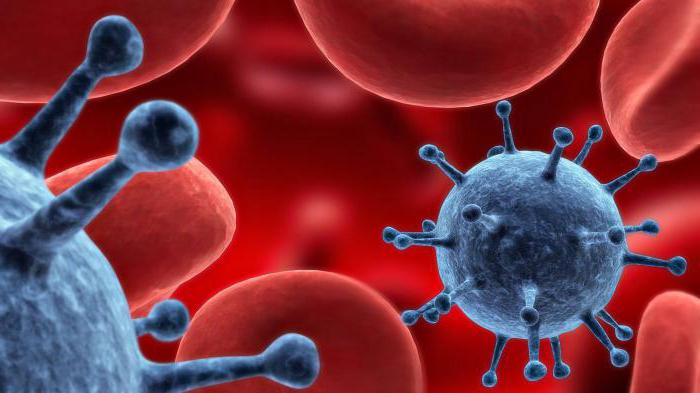
After receiving the results of the analysis, you can start conducting anti-epidemic measures.
The largest epidemics in history
Over the past century, medicine has reached a whole new level. Qualified specialists successfully fight many diseases and are constantly developing more and more effective methods for solving problems associated with infectious diseases. The chemical and pharmaceutical industries also do not stand still, in the hands of people appeared a lot of drugs that help in this difficult struggle. However, this was not always the case; epidemics claimed a large number of lives over many centuries.
The most famous epidemic in the history of civilization was the bubonic plague. It spread to Europe in the XIV century and claimed, according to various sources, from 75 to 200 million lives. This terrible disease had 2 obvious symptoms - large ulcers and very high fever. At that time there was no means to stop the spread of the plague, so after its epidemic Europe lost most of its population. The second global epidemic was the smallpox virus. Currently, scientists have learned to fight it, but before its consequences were fatal. The largest outbreak of smallpox was recorded in the 18th century; it became cause of death over 60 million people.
Epidemics of the Present
To date, the most dangerous threat is the Ebola virus epidemic. He became known to the general public in February 2014. At the same time, cases of this disease were recorded. At first it spread to Guinea, and then quickly spread to the countries nearest to it - Nigeria, Senegal, Liberia and Sierra Leone. The infection is dangerous because the mortality rate from it is high. The development of the Ebola vaccine began in 2015. She is currently undergoing clinical trials. A thorough epidemiological surveillance is also being carried out in areas where this virus has been seen.
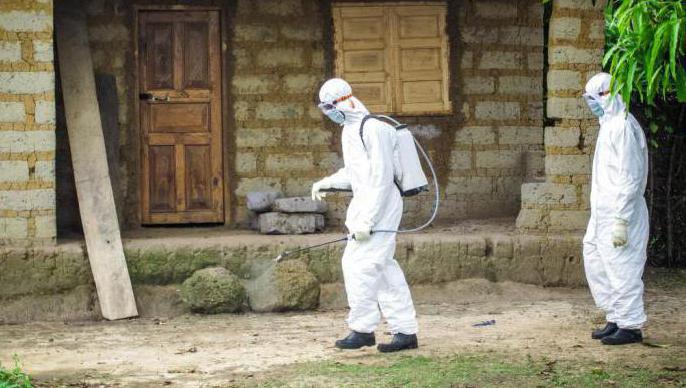
What can you do yourself?
Usually, with the onset of the cold season, people are warned of the possibility of a flu epidemic. In this case, it is important to take care of your health and try to independently carry out sanitary and anti-epidemic measures. To avoid infection, it is enough to adhere to a few simple but very effective rules:
- Hand washing. This is usually taught in childhood, but with age, many begin to neglect this good habit. It is believed that most microbes and viruses are carried on the hands. Most often, they enter the mucous membranes from the palms of the hands, as a result of which the body is infected. Subject to this rule, the probability of infection is reduced by 30-50%.
- Flushing the nose and gargling. These two methods are also very effective in the prevention of seasonal diseases. It is the mucous membranes that are the starting point of the infection, so after staying in public places a large number of bacteria can accumulate on them. When washing with special tools, all microbes will be destroyed.
Should I use masks?
Of course, if a person is sick, it is better to stay at home and be treated in all possible ways, so as not to earn serious complications. However, there are situations when it is impossible, people need to go to work or move around the city in a sick state. In this case, you must use a mask, so that others will not suffer from the virus.
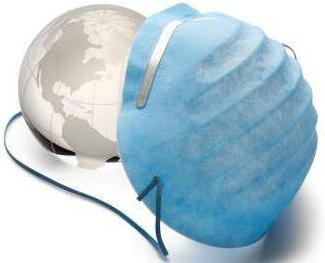
It’s worth considering, because you can get infected not only an adult healthy person, but also children, pregnant women, elderly people, for whom the infection can be really dangerous. Now in pharmacies you can find many different masks, it is best to choose multilayer models. In this case, the probability of transmission of the virus is minimal.